Description
| Synonyms | GelMA Bioink, GelMA Lyophilizate Bioink, Methacrylated Gelatin Bioink, Gelatin Methacrylate Bioink, Gelatin Methacryloyl Bioink | Sterility | Sterile |
| Endotoxin level | <50 EU/mL |
| Cell viability | ≥85% fibroblast, osteoblast and mesenchymal stem cells |
| pH | 7.3 – 7.4 |
| Degree of methacrylation | >80% (GelMA High)
50-60% (GelMA Middle) |
| Form | Gel |
Gelatin methacrylate (GelMA) bioinks developed by AdBioInk Biosystem Corp. are prepared by using two different photoinitiators, Irgacure2959 and LAP. Cell adhesion and cell encapsulation experiments were performed against NIH-3T3 cell line. In cell viability assays, Live/Dead kit was used. It was observed that the cell viabilities in UV or visible light crosslinked and cell-encapsulated GelMA bioinks were over 95%.
Cell morphologies in and onto the crosslinked-GelMA bioinks were analyzed by DAPI-ACTIN staining. Cells seeded on GelMA bioinks took their cell morphology on day 1 and proliferated by day 7, showing over 90% confluence on bioink. Encapsulated cells appear to begin to show cytoplasmic protrusions at day 7.
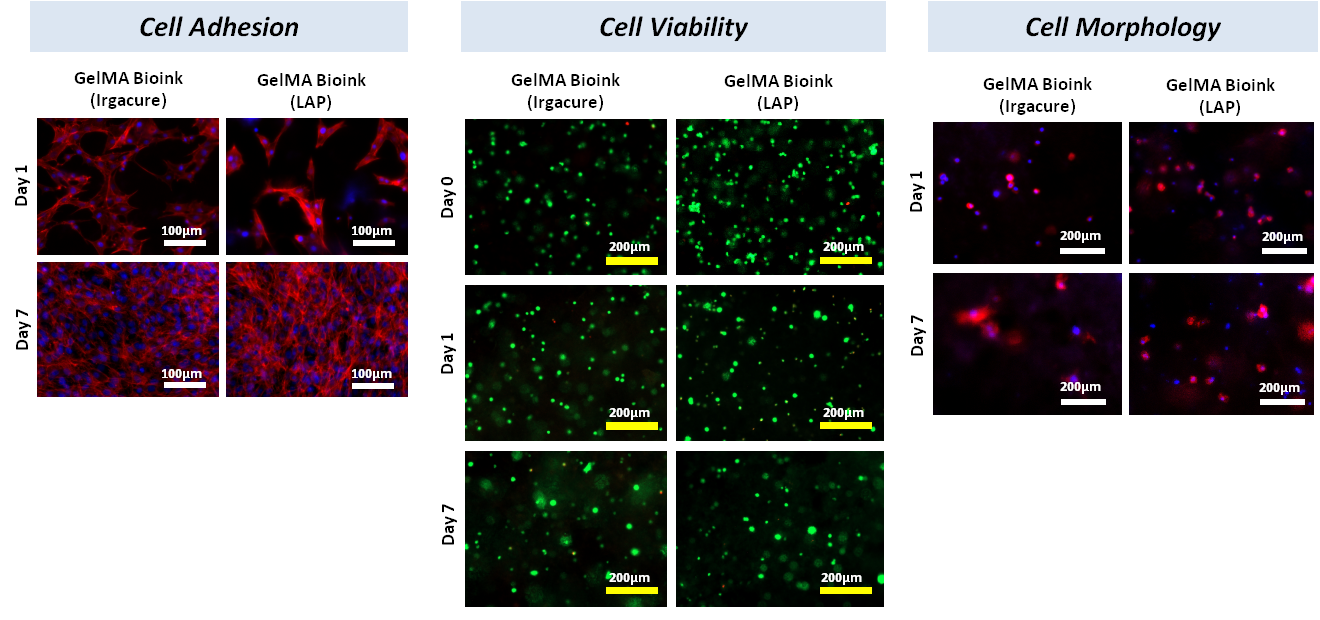

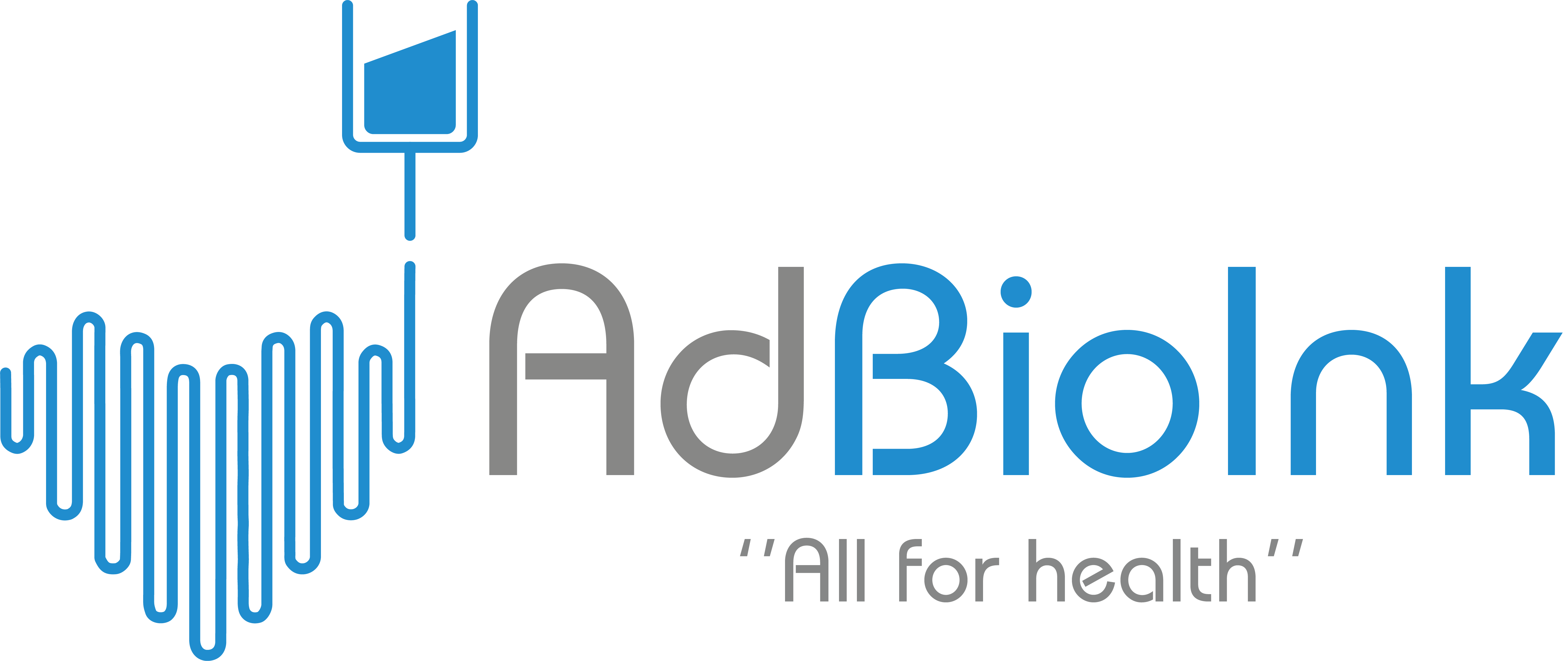
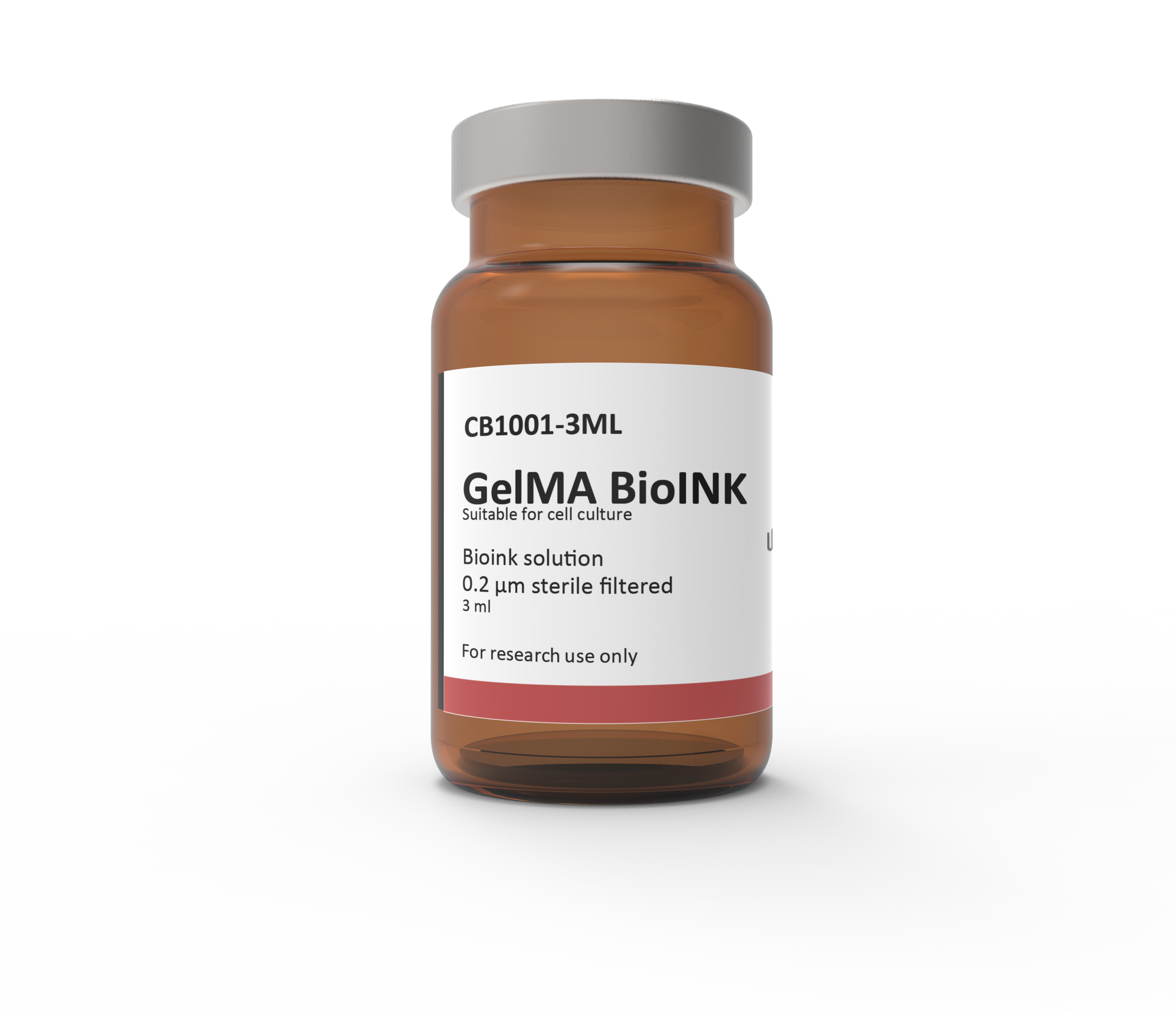
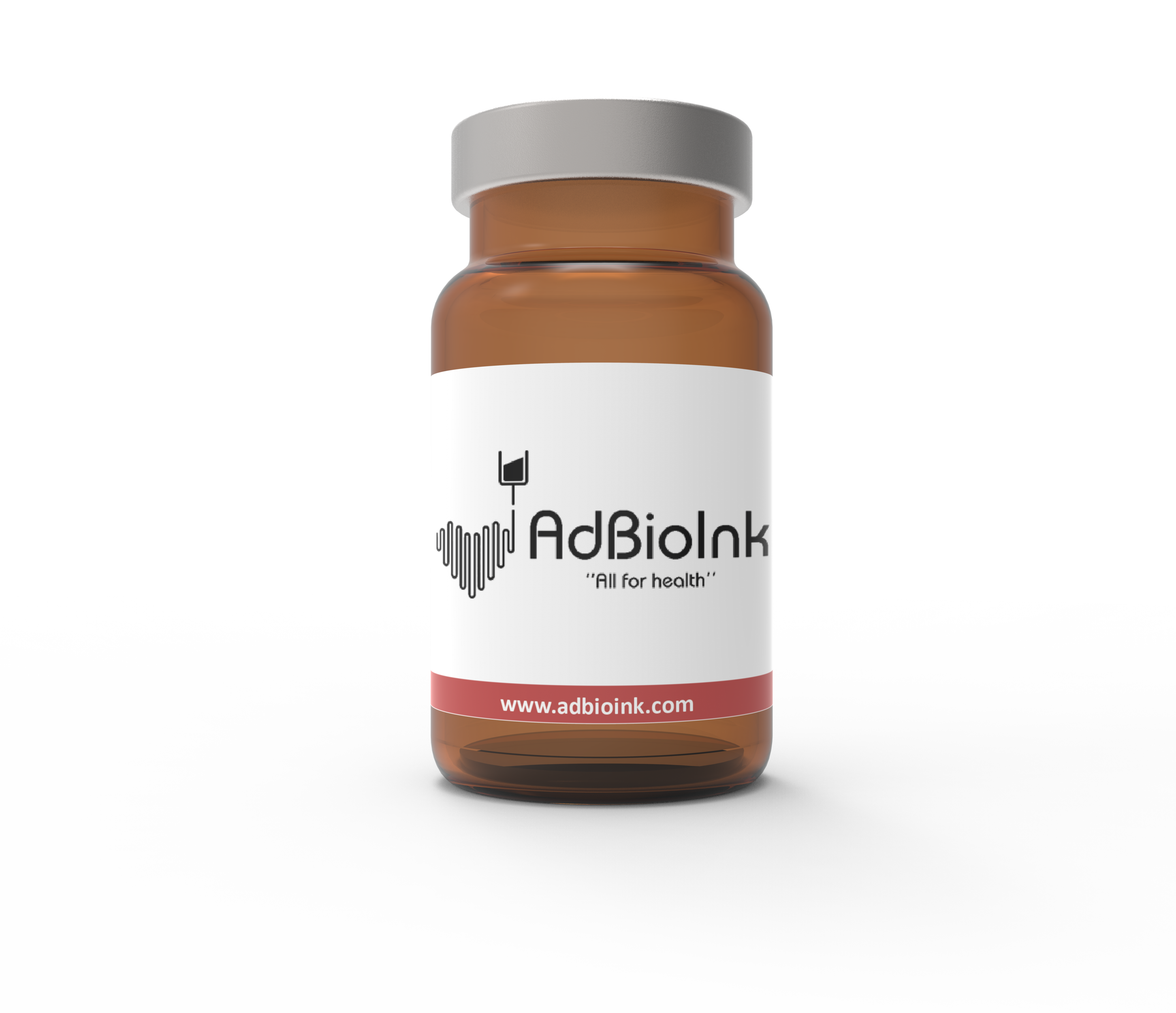

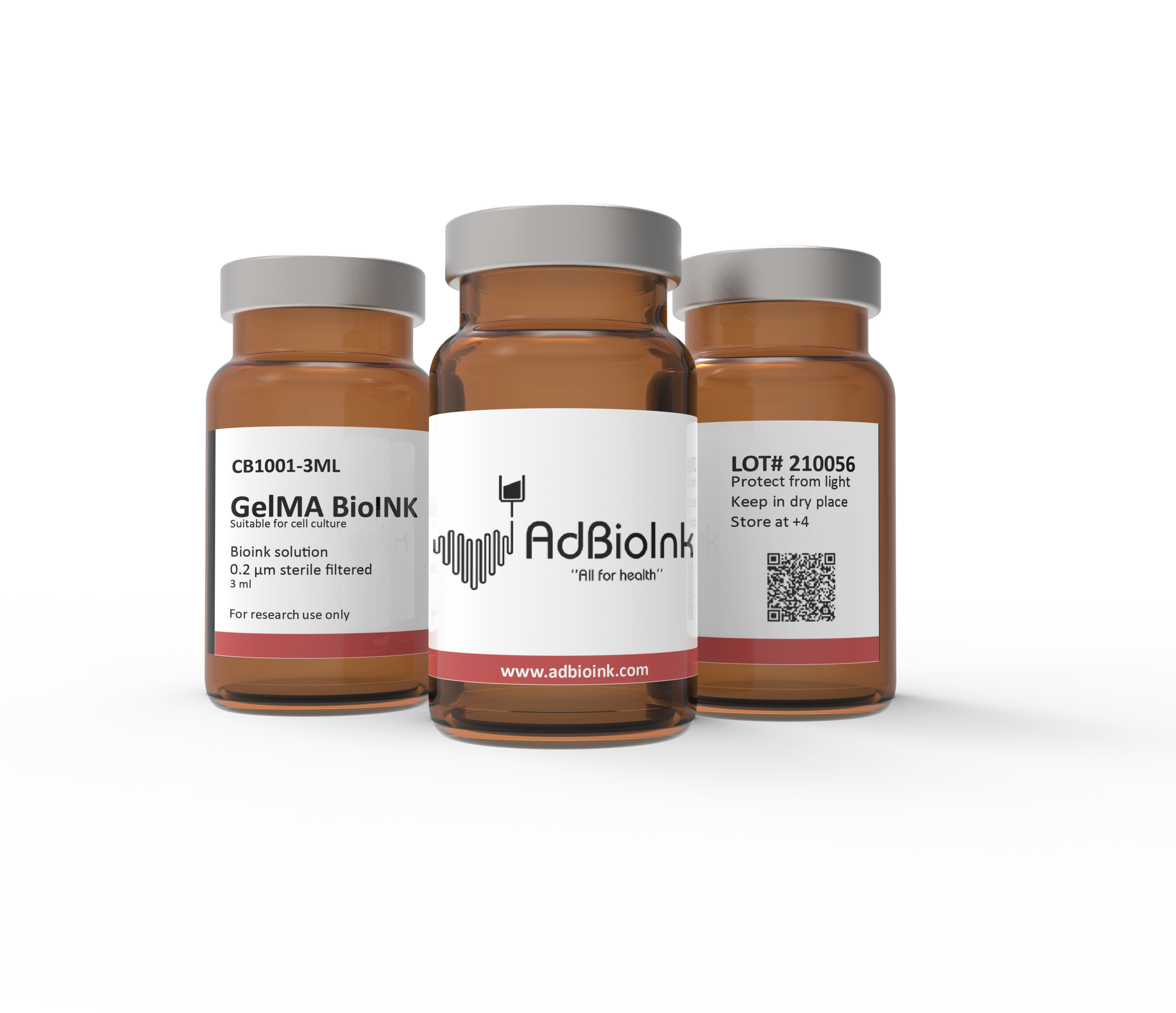
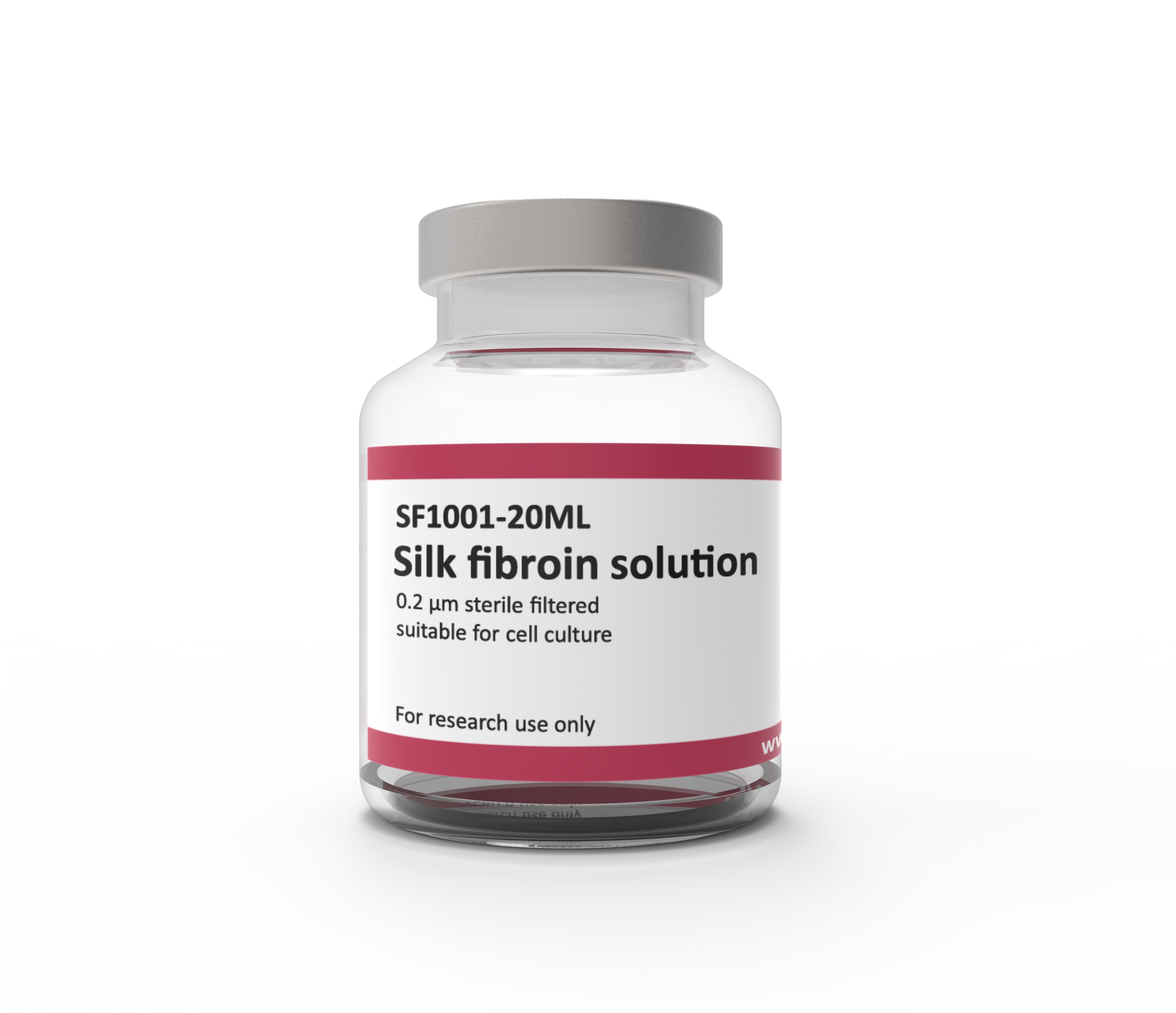


Reviews
There are no reviews yet.